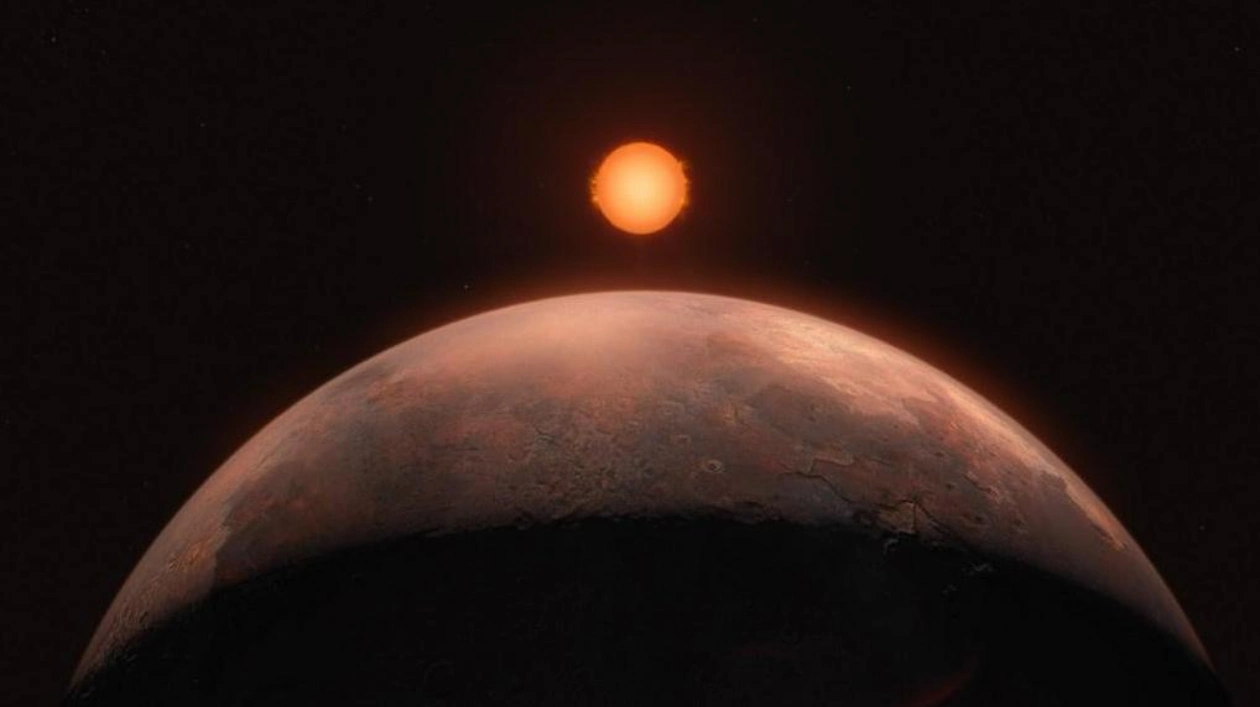A red dwarf star known as Barnard’s star, located just six light-years from our solar system, is now believed to host at least one, and possibly several, small rocky planets orbiting it, according to a new study. Barnard’s star, which is approximately one-sixth the mass of our sun, is the closest single star to our solar system, with only the three stars in the Alpha Centauri system being closer. Due to its close proximity to Earth, Barnard’s star has been a focal point for astronomers searching for exoplanets (SN: 12/1/73, SN: 12/7/23). After numerous false starts over the years, researchers may have finally made a significant discovery.
Jonay González Hernández, an astrophysicist at the Instituto de Astrofísica de Canarias in Tenerife, Spain, and his team analyzed over 150 observations taken by a telescope in South America over a span of four years. They specifically looked for minute wobbles that would indicate the presence of planets gravitationally influencing the star as they orbited. The most prominent wobble occurs every 3.15 days, as reported online October 1 in Astronomy & Astrophysics. This wobble is likely caused by a small rocky planet with about three times the mass of Mars in a near-circular orbit, according to González Hernández.
The researchers have effectively ruled out other potential sources of the wobble, such as the star’s rotation or telescope movement during observations, says astronomer Jennifer Burt. The high precision of the instruments used to gather the team’s data, combined with their thorough analysis, “will convince scientists that this discovery is genuine,” notes Burt, from NASA’s Jet Propulsion Laboratory in Pasadena, Calif. This finding is expected to encourage other teams to re-examine all past observations of Barnard’s star.
The new study also hints at the possibility of additional discoveries. González Hernández and his colleagues have observed smaller oscillations superimposed on the larger wobble. Although not yet confirmed, these oscillations likely indicate the presence of three smaller planets orbiting the star at periods of 2.34 days, 4.12 days, and 6.74 days. All four of these proposed planets are too close to Barnard’s star to support life as we know it, the researchers suggest.






